Multimasking: Strategic Skin Care
What exactly is Multimasking?
If you've seen crazy looking selfies on Instagram lately that resemble tribal makeup or posts featuring #multimasking hashtags, then you've already caught a glimpse of the new skin care trend, multimasking.
Multimasking has been practiced by professional skin therapists in the treatment room for years. It's a smart and efficient method for treating different areas of skin of varying concern all at once. The key to successful multimasking is knowing what type of skin you have and what type of masque treats your particular type of skin.
How to Multimask
How do you know what type of skin you have and what masque goes where? For some this is an easy question to answer whereas others may need the help of a licensed skin care professional to help you with the detective work in order to figure out what is going on under the surface of your skin. Skin therapists call this face mapping. Face mapping is where a skin therapist takes a close look at your skin, noting the different areas of concern, and from there formulates a treatment plan that will help you to achieve ideal levels of skin health.
Why Masques?
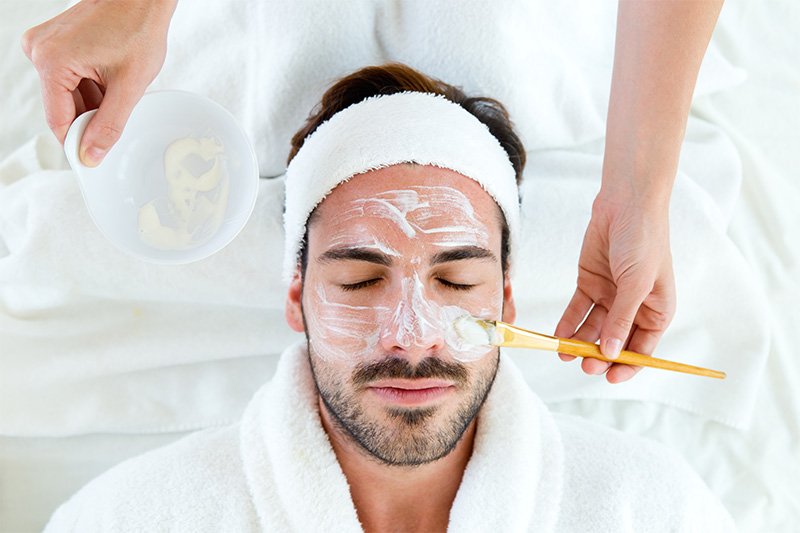
Masques have a higher concentration of active ingredients than regular skin cleansers which which makes them a perfect tool for targeting specific problem areas of the skin. Before using masques you will want to make sure you have thoroughly double-cleansed your skin. Do not use a masque over skin that has not been cleansed.
Types of Masques
Clay and Charcoal Masques
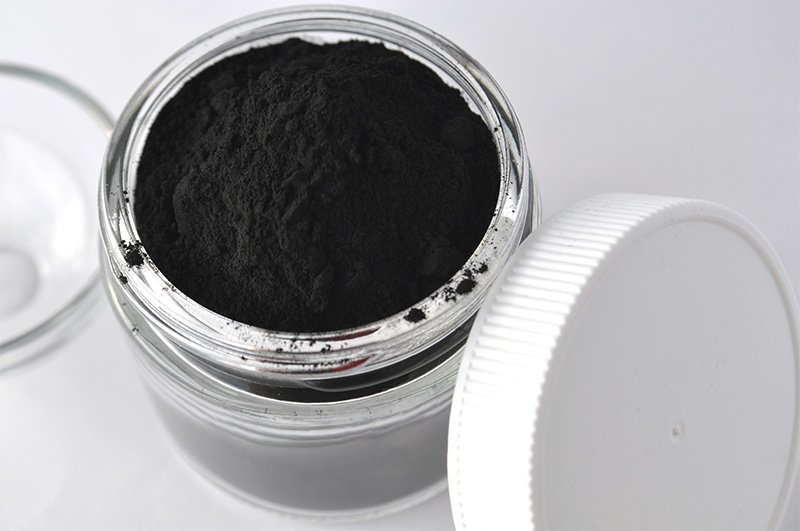
Clay and charcoal-based masques are designed to pull toxins out of the skin. They are especially effective when it comes to breakouts, oil, pollution and congestion.
Clay and charcoal-based masques can also be exfoliating masques. Dermalogica's Charcoal Rescue Masque, for example, includes lactic, phytic, and mandelic acid which accelerate skin brightening through exfoliation while the activated binchotan charcoal absorbs impurities like dead skin cells and pollution. This specific masque also contains sulfur which in general is a strong healing ingredient.
Gel and Cream Masques
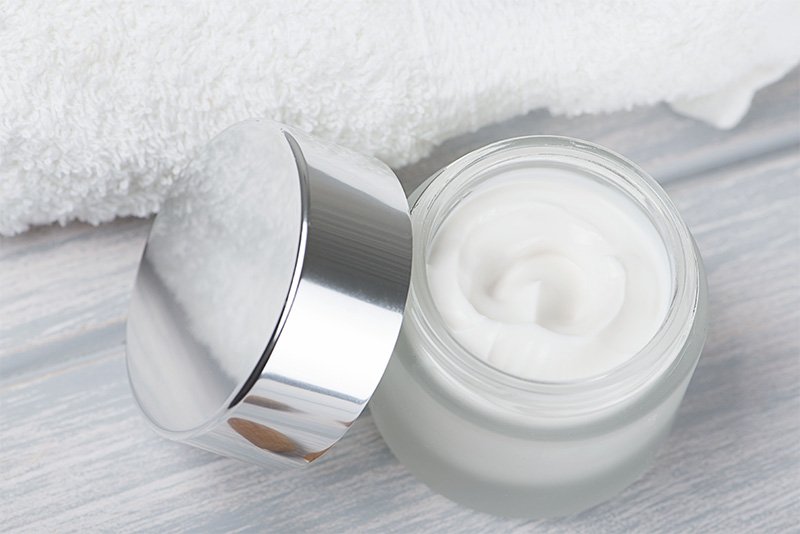
Where clay and charcoal-based masques pull toxins out of the skin, gel and cream masques help the skin to hydrate and take in nutrients through absorption. Gel and cream masques are water-based and oil-free, they can be used in a professional skin treatment with electrical modalites like Galvanic in order to really boost the ionic activity and penetration into your skin cells. Gel-based masques like Dermalogica's Skin Hydrating Masque are fantastic for treating dehydrated skin. It contains ingredients like hyaluronic acid and lycopene-rich tomato seed lipids that help to repair the protective barrier of your skin.
Applying the Right Masque to the Right Area of Skin
The T-zone area refers to the forehead, nose and chin. This area can often produce more oil and breakouts than the other areas of the face. The T-zone is an ideal area for a clay or charcoal-based masque. For example, I tend to get monthly hormonal breakouts in the chin area. Instead of applying a masque to my entire face to deal with these specific breakouts, I will just spot treat my chin area with something like Dermalogica's Charcoal Rescue Masque in order to pull out the redness and inflammation, or I will use the MediBac Sebum Clearing Masque which contains salicylic acid which is an oil-loving hydroxy acid that is a great anti-inflammatory ingredient.
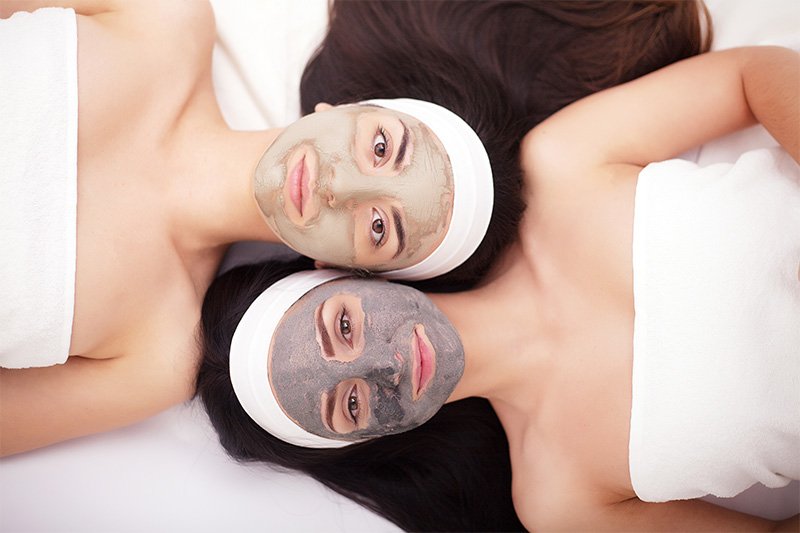
A skin hydrating masque can be used alone as a refreshing eye or lip masque or while multimasking with other masques on different areas of the face. If your skin is looking a little dull from lack of sleep, traveling, or maybe a little too much wine the night before, Dermalogica's Multivitamin Power Recovery Masque is your skin's new bff! This is an all time favorite yummy masque for your face. This masque can be used on the cheek area while you treat breakouts and congestion in your t-zone with a different masque such as the Charcoal Rescue Masque. The Multivitamin Masque can be used on the cheeks, neck, and décolleté to deliver a high concentration of brightening and rejuventating vitamins to your stressed out skin. The Multivitamin Masque can also be extended down to the backs of the hands if they are feeling dry, aged and sun damaged.
Removing Your Masque
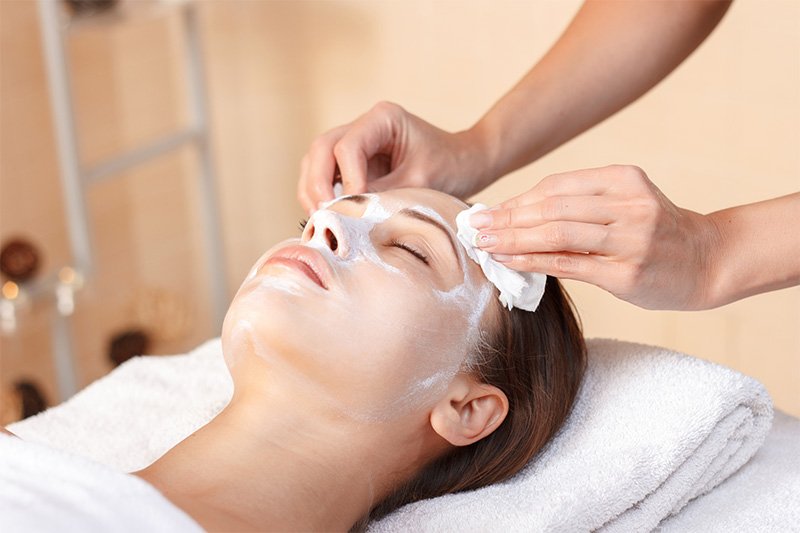
Depending on the type of masque you use, it can be left on for five to fifteen minutes. It's important to remember that when it comes time for removal, be very gentle in removing the masque(s) from your skin. Masques include a lot of active ingredients which can bring warming and stimulation to the skin. If you are using a clay or charcoal masque I would recommend loosening up the masque first with water or a toner like my favorite Dermalogica's Ultracalming Mist. This will prevent the increase of any heat in the skin that can be caused otherwise by heavy rubbing and friction which can happen when washing off the masque.
Once the masque(s) have been safely removed, you will be greeted with healthy, glowing skin. Happy multimasking!
